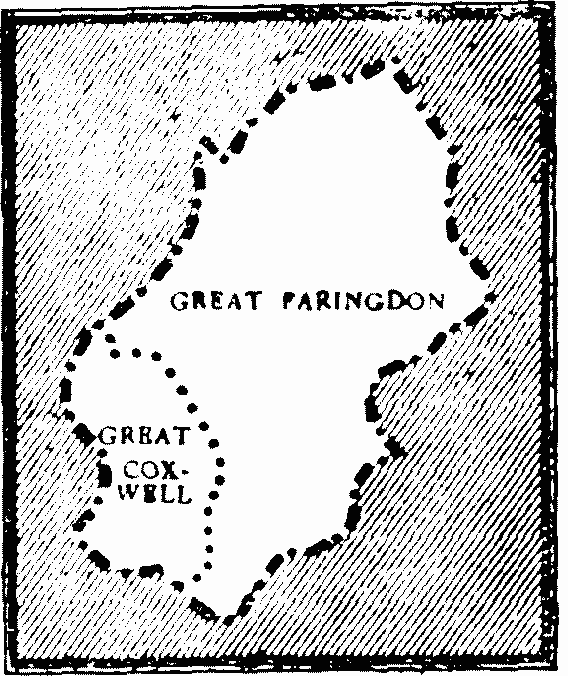A History of the County of Berkshire: Volume 4. Originally published by Victoria County History, London, 1924.
This free content was digitised by double rekeying. All rights reserved.
'Faringdon hundred: Introduction', in A History of the County of Berkshire: Volume 4, ed. William Page, P H Ditchfield (London, 1924), British History Online https://prod.british-history.ac.uk/vch/berks/vol4/p486 [accessed 31 January 2025].
'Faringdon hundred: Introduction', in A History of the County of Berkshire: Volume 4. Edited by William Page, P H Ditchfield (London, 1924), British History Online, accessed January 31, 2025, https://prod.british-history.ac.uk/vch/berks/vol4/p486.
"Faringdon hundred: Introduction". A History of the County of Berkshire: Volume 4. Ed. William Page, P H Ditchfield (London, 1924), British History Online. Web. 31 January 2025. https://prod.british-history.ac.uk/vch/berks/vol4/p486.
THE HUNDRED OF FARINGDON
containing the parishes of Great Coxwell and Great Faringdon (fn. 1)
No mention of the hundred of Faringdon appears in the Domesday Survey when Faringdon and Coxwell were in the hundred of Wifol, (fn. 2) or Wyfold as it is called in 1224–5. Jurisdiction over the hundred in the 13th century (fn. 3) was in the hands of the Abbot and convent of Beaulieu, apparently by virtue of the grant made to them by King John in 1203 of Index Map to the Hundred the manor with all liberties and free customs appurtenant thereto. The abbot had the return of writs, (fn. 4) and the hundred followed the descent of the manor of Faringdon (q.v.).

Index Map To The Hundred Of Faringdon
The jurisdiction of Faringdon Hundred did not extend over the whole parish of Faringdon: the tithing of Wadley or Littleworth and Thrupp were in Shrivenham Hundred, (fn. 5) these places not being in the hands of the Abbot and convent of Beaulieu.
